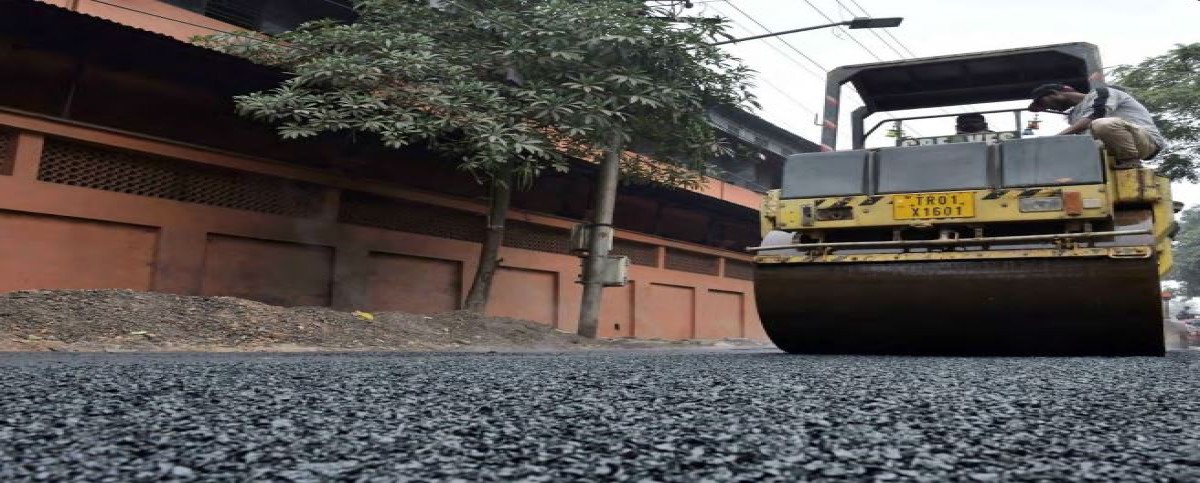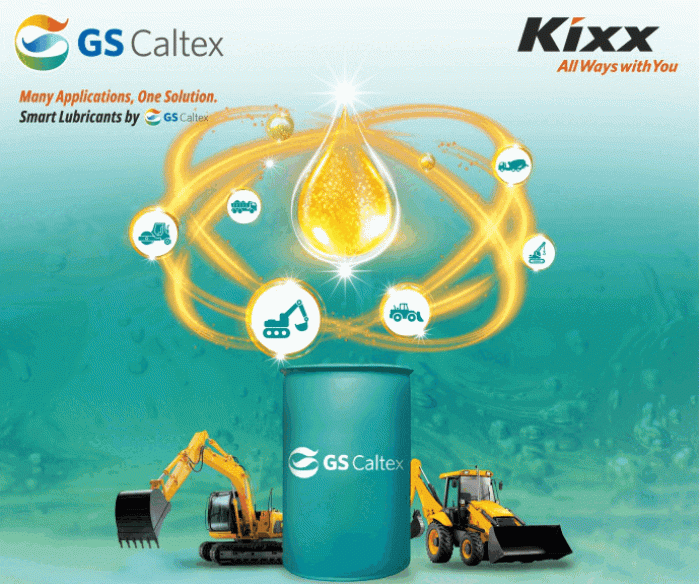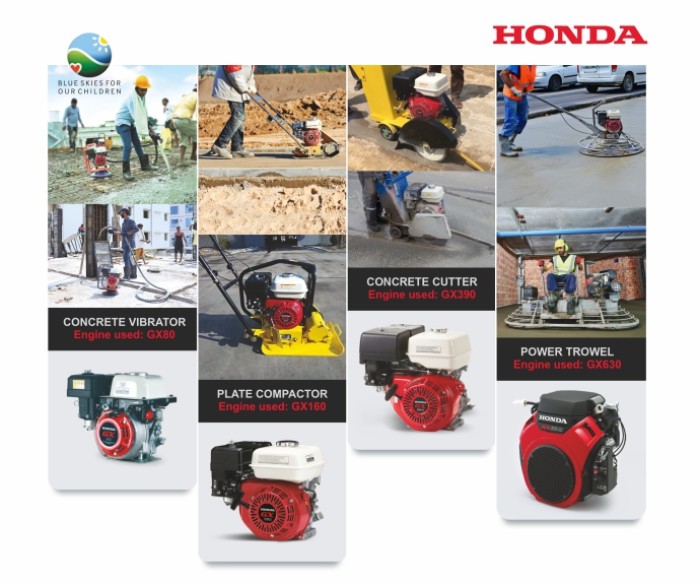Building Tomorrow's Roads: The Future of Road Construction and Infrastructure
Through roadway infrastructure, people can find connections between towns and make their aspirations become a reality. Therefore, roads constitute the foundation for movement, work functions, and lived experiences. Modern road development stands before major modifications. The world is growing fast. Road building undergoes revisions as climate concerns and bigger cities join the growing number of automobiles. The roads of tomorrow will serve society in three unique ways through their extended lifespan, reduced expenses, and reduced environmental impact. Let’s dive in!
Problem: Modern roads experience multiple serious operational problems. First, they wear out fast. Elements including high traffic intensity and adverse weather conditions, together with substandard materials, are responsible for shortening their lifespan. The U.S. roads in poor or mediocre condition total up to 43%, according to a study from the 2023 ASCE report. That’s a lot of potholes! The cost of road repairs in the United States for the year 2023 amounts to $185 billion annually, according to the 2023 American Society of Civil Engineers report. Second, construction takes too long. Years of project development create long-term traffic disruptions that annoy drivers. The existing traditional practices result in environmental damage. Concrete construction as the main component for road materials produces 7% of planetary CO2 emissions, according to the International Energy Agency (IEA). Finally, cities are growing. According to the UN, a total of 68% will reside within urban zones by 2050. Current roads can’t handle that. Every day, the construction sector struggles with tight budgets and accumulating delays across its operations.
Solution: The solution to these issues emerges through intelligent solutions. Technological progress, together with updated material, creates substantial transformations in modern technology. The implementation of recycled plastic roads has become a common sight across various locations. This asphalt variant surpasses standard asphalt standards while eliminating excessive waste materials. The Netherlands-based firm constructed a plastic bike path in 2018, which continues to serve its purpose. Another fix? Self-healing concrete. The repair mechanism of this material depends on bacteria that perform automatic fixing operations. The same team predicts these methods will add 30% to road sustainability. Then there’s automation. The utilization of robots along with drones accelerates construction speed. Robotics systems work at a speed that exceeds that of human work alone by performing surveys of land, concrete pouring, and quality assessments. Solar roads are cool, too. The roadways create power as you proceed with driving. The French solar road project generated 280 MWh of energy throughout the year when it was tested in 2016. Implementing green methods, which include the reduction of cement usage, helps reduce emissions. These solutions enable the construction industry to achieve timesaving, money-saving and environmental sustainability. The changeover to these maintenance solutions does not require challenging steps.
Recommendation: So, what should we do? First, invest in research. The testing of potential construction materials such as plastic and self-healing concrete needs increased funding from government and corporate entities. Second, train workers. The skill instruction must include drone and robotic instrument operation. Skills matter! Third, make laws friendly. The regulations must be updated to permit the usage of green construction materials in upcoming projects. Fourth, go slow at first. Begin by constructing smaller roads and evaluate the results until the program reaches its maximum size. Building partnerships should be the focus of the construction sector. The industry should team up with technology companies to implement innovative concepts. Also, talk to communities. People in the community need to explain their priorities between improved road infrastructure and reduced traffic flow. Finally, track results. Measure costs, durability, and emissions. Data shows what’s worth it. This combination of measures will produce stronger roads that need shorter construction times and cause less damage to nature. Let’s push for them now
Case Study: India’s road story is inspiring. Take the Mumbai-Pune Expressway. The Mumbai-Pune Expressway became the inaugural large expressway of the Indian territory after its completion in 2002. The number of daily vehicles at the location reached more than 50,000 by 2015, following traffic’s explosive growth. The fix? India tried something new. A plastic roadtesting operation was conducted in Chennai in 2021. Asphalt received a combined total of 1,000 tons of ground plastic material during production. Result? The plastic mixture in this road performed superior to normal asphalt during both hot climate and rainy conditions. Official data from Tamil Nadu acknowledges that this plastic road remained smooth during 2024.
Another win: the Smart Cities Mission. The initiative started operations in 2015 through its mission to revamp 100 urban areas. Surat implemented solar panel installation along its roads during 2023 to become a trade hub. The same facilities produce energy that illuminates streetlights while decreasing power expenses according to local municipal measurements by 15%. The Indian construction sector gained valuable knowledge through this experience. By applying plastic for road construction, India achieves two positive outcomes because it reduces waste while benefiting from increased plastic recycling rates as indicated by the 2022 CPCB report. The government plans 1,000 km of plastic roads by 2026. Automation helps, too. The drones completing the mapping of rural roads across Uttar Pradesh in 2022 took less time than the projected months. The country implements practical measures to construct highway infrastructure patterns that will ensure the roads of tomorrow. Other countries can copy this!
Conclusion: Public roads represent the foundation upon which the world advances. Modern-day problems such as road damage, together with financial burdens and environmental contamination, are substantial, yet superior solutions exist. The future paths toward better road solutions are developed through applications of smart materials along with advanced technology and eco-friendly thinking. The building sector holds a central position in all operations. Future leadership emerges through innovative actions and employee development as well as strategic partnerships. India’s case proves it works. The technologies of plastic roads, together with solar power and drones, have developed into existing real-world implementations. So, let’s keep pushing. Traffic networks should be developed to improve longevity while also serving the community and benefiting environmental sustainability. Are you prepared for the coming vehicle traffic on the roads of tomorrow?
















Leave a comment